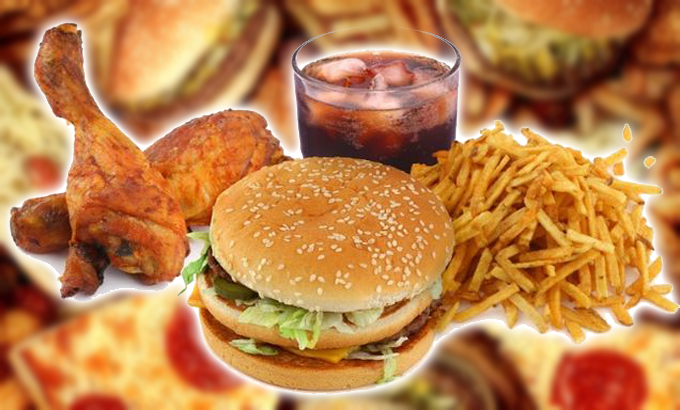By Satya Mahapatra
Fats are the flavour carrier in our diet. Solid fats, otherwise known as lipids are from butter and hydrogenated vegetable oil or are in liquid form, which comes from plants and vegetable oil.
Fatty acids can be classified in following three categories:
Saturated fats: Meats, dairy product, butter.
Mono or poly unsaturated fats: Olive oil, flaxseed oil, coldwater fish, nuts and avocados.
Trans fats: Fried food, baked food and margarine.
We get Omega-3 and Omega-6 from the polyunsaturated fats; these are essential for the body and have to be taken in our diet. Source of Omega-3 fats are from cold water fish: Salmon, herring, mackerel, canola oil and nuts. The ratio should be 5:1. That is for five Omega-6 one should consume one Omega-3. The unsaturated fats regulate the metabolism and maintain cell elasticity, flow of blood and cell growth and generation.
Lipids deliver the fat soluble vitamins: A, D, E and K. Interestingly animal provides the human body with cholesterol, which is synthesised to vitamin D in the skin through exposure to sun. Cholesterol plays an important role in hormone production, though the human body requires cholesterol but high amount may lead to risk of cardiovascular diseases. For the daily caloric intake fats should be around 30 per cent to 35 per cent. Out of which 20-25 per cent should be unsaturated and maximum of 10 per cent saturated fats.




